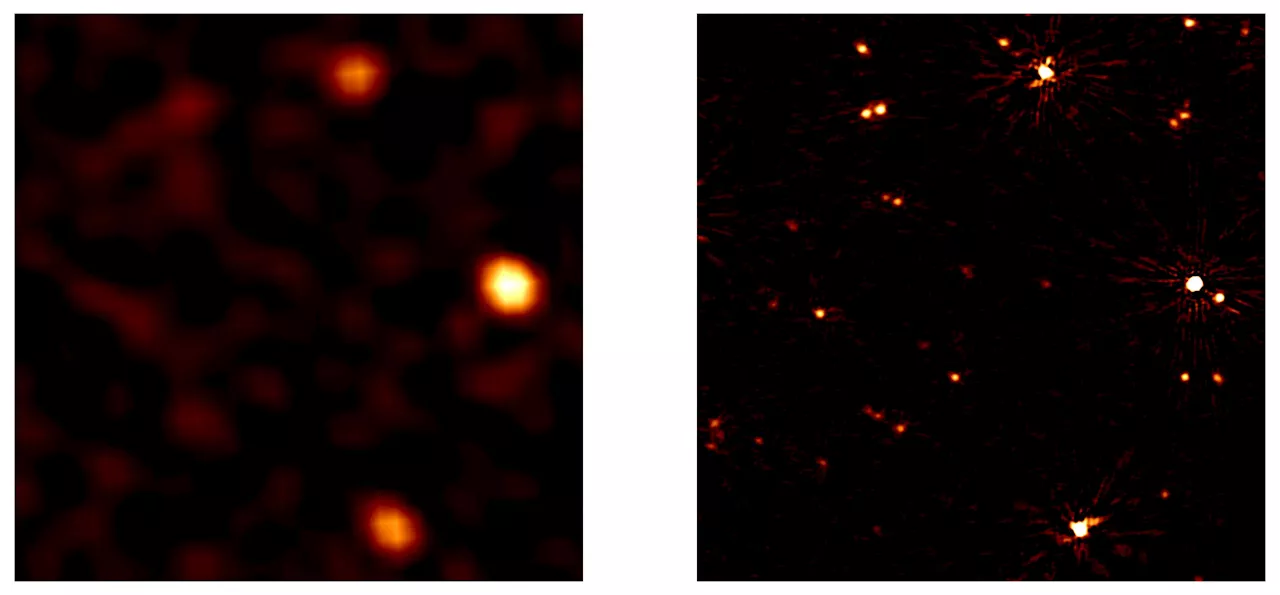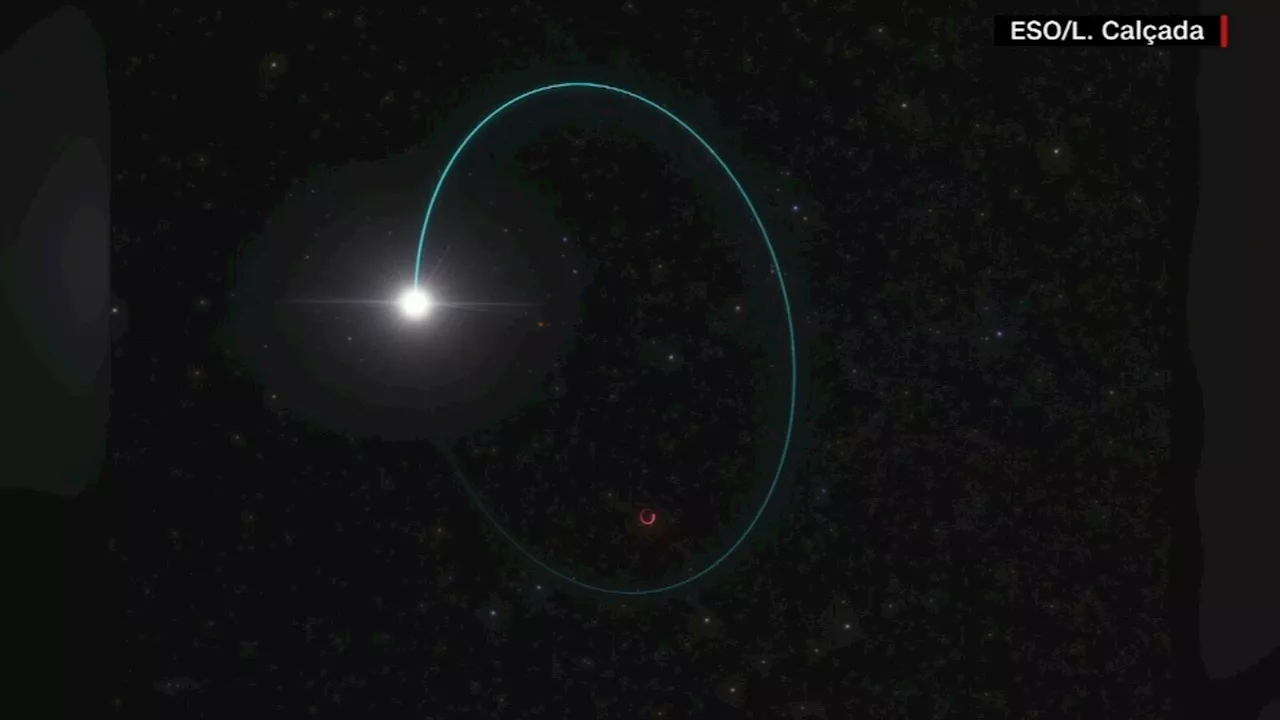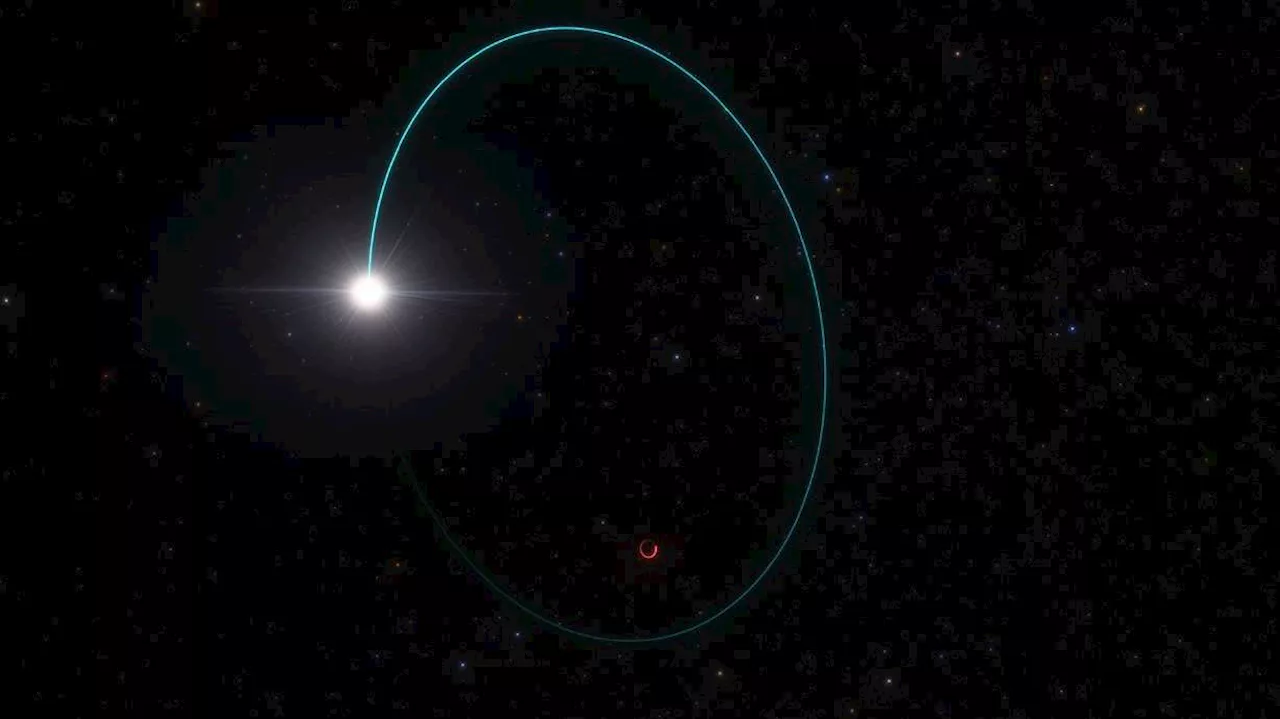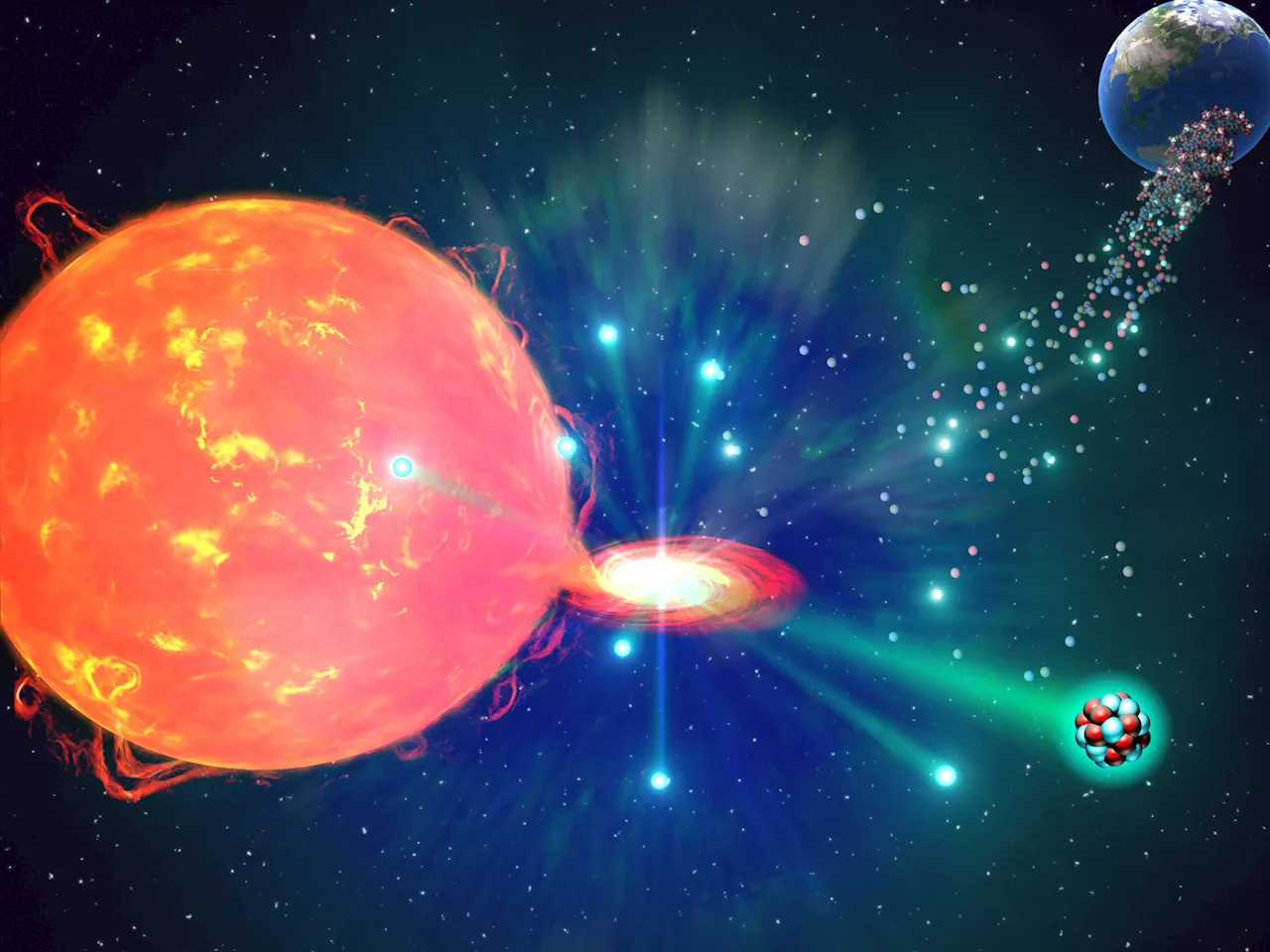Astronomers have proposed a new theory to explain the origin of phosphorus, one of the elements important for life on Earth. The theory suggests a type of stellar explosion known as 'ONe novae' as a major source of phosphorus.
Astronomers propose a new stellar theory to explain the origin of phosphorus retrieved 10 May 2024 from https://phys.org/news/2024-05-astronomers-stellar-theory-phosphorus.html
This document is subject to copyright. Apart from any fair dealing for the purpose of private study or research, no part may be reproduced without the written permission. The content is provided for information purposes only.Use this form if you have come across a typo, inaccuracy or would like to send an edit request for the content on this page. For general inquiries, please use ourThank you for taking time to provide your feedback to the editors.
Your feedback is important to us. However, we do not guarantee individual replies due to the high volume of messages.to let the recipient know who sent the email. Neither your address nor the recipient's address will be used for any other purpose. The information you enter will appear in your e-mail message and is not retained by Phys.org in any form.Get weekly and/or daily updates delivered to your inbox.
Physics News Science News Technology News Physics Materials Nanotech Technology Science
United States Latest News, United States Headlines
Similar News:You can also read news stories similar to this one that we have collected from other news sources.
 Radio astronomers bypass disturbing Earth's atmosphere with new calibration techniqueAn international team of researchers led by astronomers from Leiden University (Netherlands) has produced the first sharp radio maps of the universe at low frequencies. Thanks to a new calibration technique, they bypassed the disturbances of the Earth's ionosphere. They have used the new method to study plasmas from ancient black hole bursts.
Radio astronomers bypass disturbing Earth's atmosphere with new calibration techniqueAn international team of researchers led by astronomers from Leiden University (Netherlands) has produced the first sharp radio maps of the universe at low frequencies. Thanks to a new calibration technique, they bypassed the disturbances of the Earth's ionosphere. They have used the new method to study plasmas from ancient black hole bursts.
Read more »
 Astronomers spot a massive ‘sleeping giant’ black hole less than 2,000 light-years from EarthNamed Gaia BH3, it has a mass that is nearly 33 times that of our sun, and it’s located 1,926 light-years away in the Aquila constellation, making it the second-closest known black hole to Earth.
Astronomers spot a massive ‘sleeping giant’ black hole less than 2,000 light-years from EarthNamed Gaia BH3, it has a mass that is nearly 33 times that of our sun, and it’s located 1,926 light-years away in the Aquila constellation, making it the second-closest known black hole to Earth.
Read more »
Astronomers spot a massive ‘sleeping giant’ black hole less than 2,000 light-years from EarthEditor&8217;s note: Sign up for CNN’s Wonder Theory science newsletter. Explore the universe with news on fascinating discoveries, scientific advancements and more. (CNN) — Astronomers have spotted the most massive known stellar black hole in the Milky Way galaxy after detecting an unusual wobble in space.
Read more »
 Astronomers spot a massive 'sleeping giant' black hole less than 2,000 light-years from EarthAstronomers have spotted the most massive known stellar black hole in the Milky Way galaxy after detecting an unusual wobble in space.
Astronomers spot a massive 'sleeping giant' black hole less than 2,000 light-years from EarthAstronomers have spotted the most massive known stellar black hole in the Milky Way galaxy after detecting an unusual wobble in space.
Read more »
 Astronomers spot a massive 'sleeping giant' black hole less than 2,000 light-years from EarthAstronomers have spotted the most massive known stellar black hole in the Milky Way galaxy after detecting an unusual wobble in space.
Astronomers spot a massive 'sleeping giant' black hole less than 2,000 light-years from EarthAstronomers have spotted the most massive known stellar black hole in the Milky Way galaxy after detecting an unusual wobble in space.
Read more »
 Astronomers spot massive 'sleeping giant' black hole less than 2k light-years from EarthAstronomers have spotted the most massive known stellar black hole in the Milky Way galaxy after detecting an unusual wobble in space.
Astronomers spot massive 'sleeping giant' black hole less than 2k light-years from EarthAstronomers have spotted the most massive known stellar black hole in the Milky Way galaxy after detecting an unusual wobble in space.
Read more »
